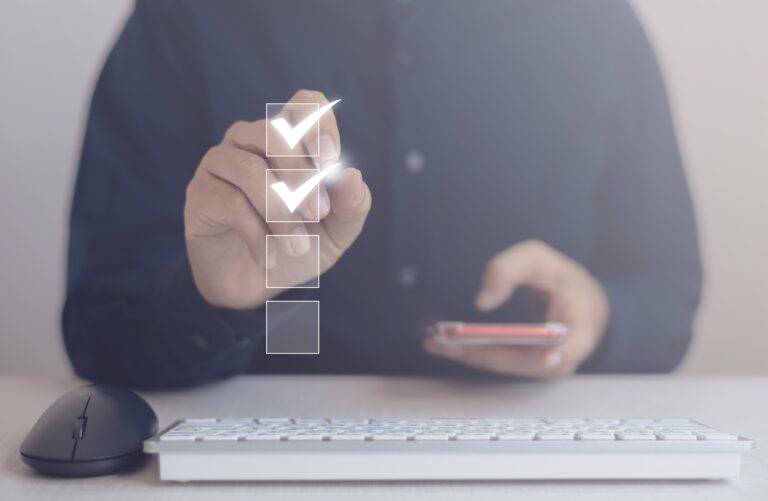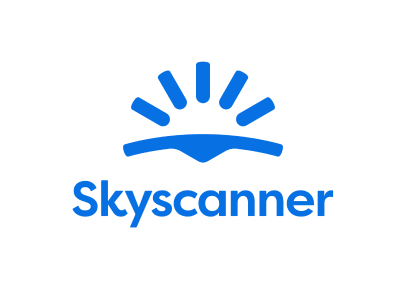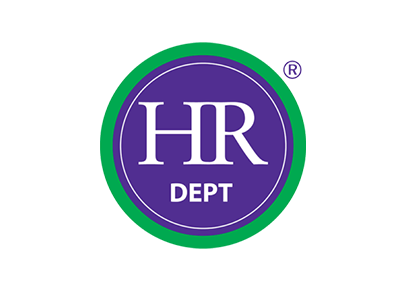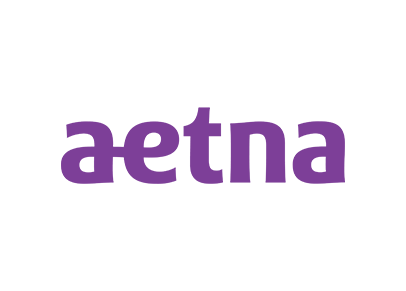A Record of Processing Activities (ROPA) is a cornerstone of UK GDPR compliance. Knowing what personal data you process, why you process it, and how you process it is essential if you want to ensure that your processing is compliant with UK GDPR. Completing a ROPA is a really effective way to take control of your data landscape and demonstrate accountability under the UK GDPR.
For Data Protection Officers (DPOs), privacy professionals, and compliance leads, the ROPA isn’t just a document. It’s a living tool that can inform decision-making and risk management. Below, we share our top tips for building and maintaining a ROPA that’s both compliant and practical.
1. Understand what Article 30 requires
Article 30 of the UK GDPR requires organisations to maintain a record of their processing activities. The exact content depends on whether you are a controller or a processor, but in both cases, the record should be written and easily accessible, ideally in a centralised system.
For controllers, the ROPA must include:
- The name and contact details of the controller and (if applicable) the joint controller, representative, and DPO.
- The purposes of the processing.
- A description of the categories of data subjects and personal data.
- The categories of recipients to whom the data have been or will be disclosed.
- Details of transfers to third countries or international organisations, including safeguards.
- Time limits for retention (where possible).
- A general description of technical and organisational security measures (where possible).
For processors, the record must include:
- The name and contact details of the processor and of each controller on behalf of whom they act.
- The categories of processing carried out on behalf of each controller.
- Details of transfers to third countries or international organisations, including safeguards.
- A general description of security measures (where possible).
2. Map your processing activities before you start
Before you fill out your ROPA, invest time in data mapping. This means identifying:
- What data you collect
- Where it is stored
- How it moves into, within and out of your systems
This groundwork ensures that your ROPA reflects reality rather than guesswork. It also helps identify potential risks, such as unnecessary data collection or unrecorded third-party transfers, before they become compliance issues.
3. Go beyond the bare minimum
Article 30 sets out the minimum legal requirements, but the most useful ROPAs go further. Consider including:
- Lawful basis for processing (e.g. consent, contract, legitimate interests).
- Special category data and related Article 9 conditions for processing.
- Risk ratings or DPIA links to highlight high-risk processing.
- Retention periods linked to your records management policy.
- Version control and review dates, to track when the ROPA was last updated.
Adding elements like these makes the ROPA a functional compliance and audit tool, not just a tick-box exercise.
4. Use clear, consistent language
Remember: your ROPA may be reviewed by the ICO or by internal auditors, so it should be clear and understandable. Avoid jargon or overly technical descriptions. Use consistent terms for data categories and systems across departments, this makes cross-referencing much easier.
Tip: If you’re maintaining your ROPA in Excel or a database, include drop-down lists or controlled vocabularies to keep entries consistent.
5. Keep it alive and integrated
A ROPA is not a one-off exercise. It should evolve alongside your business processes and systems.
- Schedule regular reviews. At least annually, and when material changes occur.
- Integrate ROPA updates into your project onboarding or change management processes.
- Make business units aware that they need to make ROPA updates when new systems, suppliers, or processing activities are taken on.
An outdated ROPA can give a false sense of compliance, so keep it dynamic and connected to real-world operations.
6. Demonstrate accountability
A well-maintained ROPA is a strong way to demonstrate accountability under UK GDPR. It provides a transparent view of your data environment, supports DPIAs, underpins privacy notices, and prepares you for potential ICO audits. When done right, it shifts your organisation from reactive compliance to proactive data governance.
Completing a ROPA can feel daunting at first, but it’s also one of the most empowering steps a privacy professional can take. By building an accurate, dynamic ROPA, you not only meet your legal obligations, you gain the visibility and control necessary to manage data responsibly and confidently.
Our expert team can help you and your organisation to prepare ROPA. Get in touch, by emailing hello@hellodpo.com or by phone on +44 (0)203 778 0737 to see how we can support you.Â


















